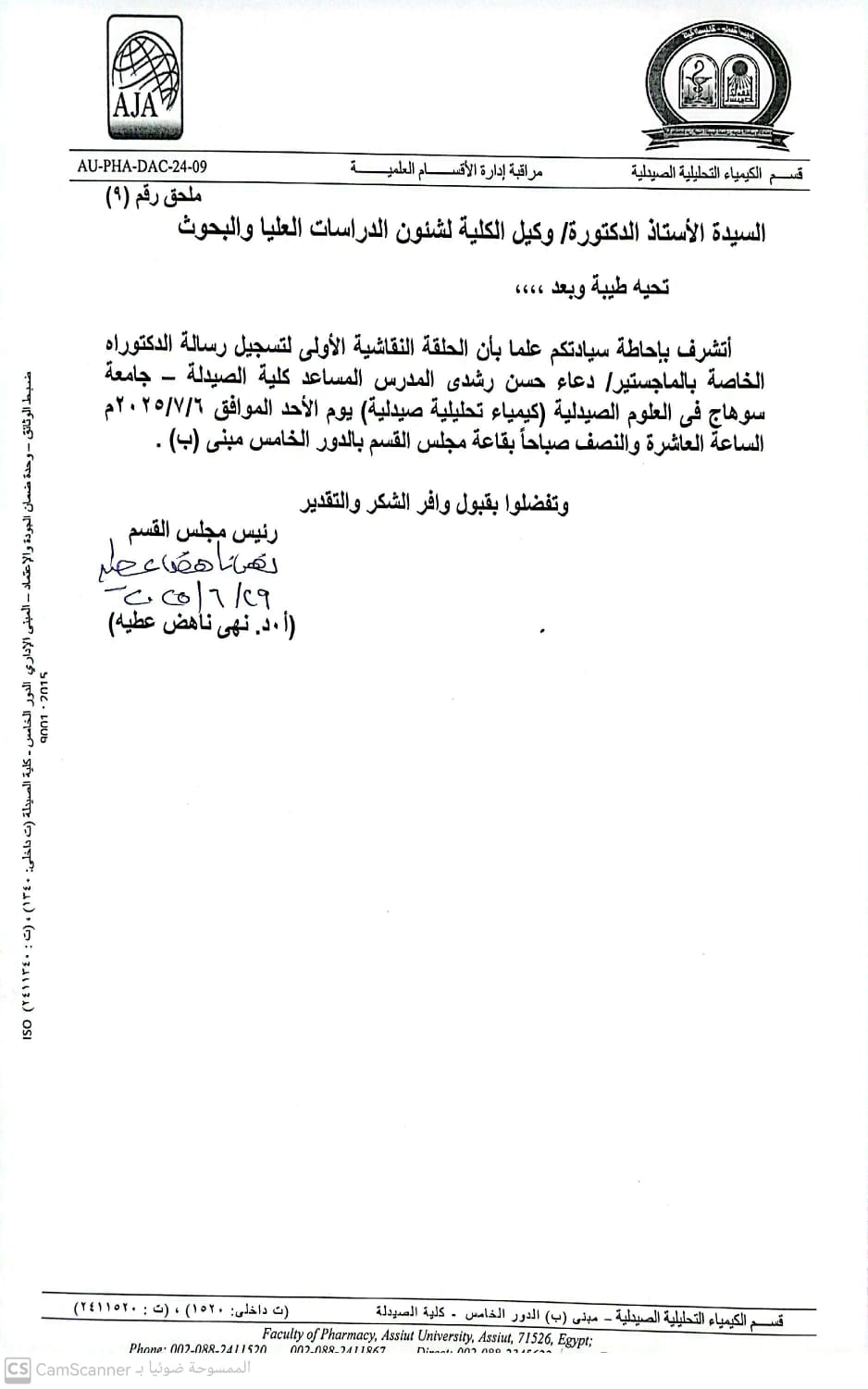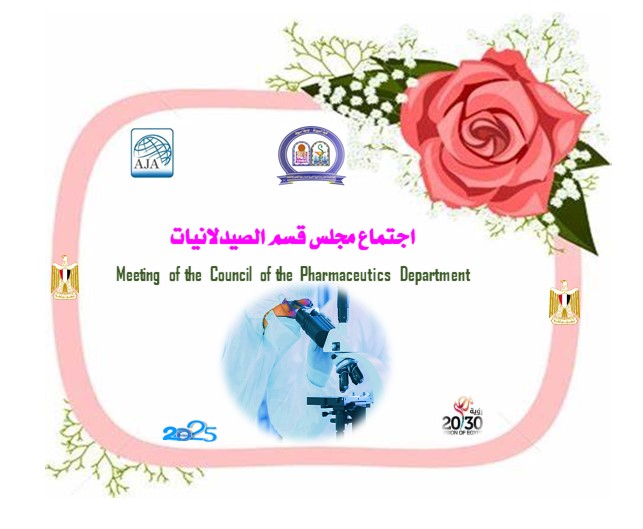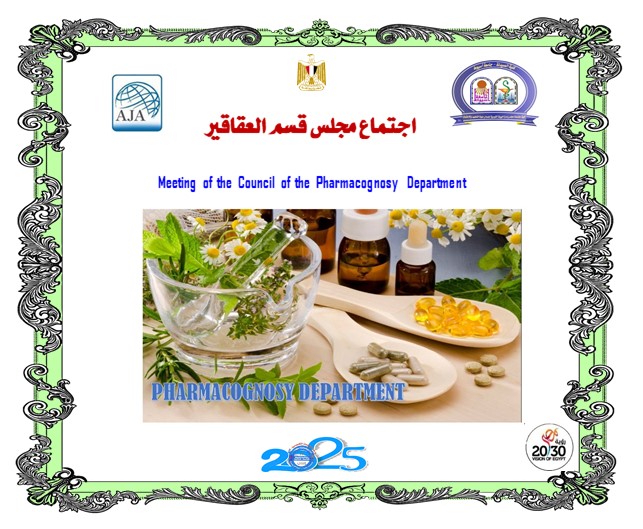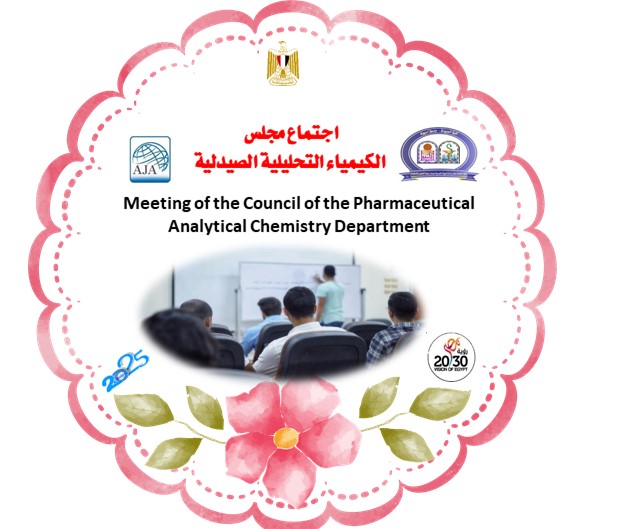The Clinical Pharmacy Department announces the holding of the second seminar for pharmacist / Mohamed El-Saeed Abdel-Baqi Rady - registered (external candidate) to obtain a Master’s degree in Pharmaceutical Sciences (Clinical Pharmacy)

With the will of Allah, the second seminar of Pharmacist Mohamed El-Saeed Abdel-Baqi Radi,
an external candidate for the Master’s degree in Pharmaceutical Sciences (Clinical Pharmacy),
will be held on Monday, July 7, 2025, at 10:00 AM,
at the Meeting Room – Department of Clinical Pharmacy – 5th Floor, Building A.
Seminar Title:
“The Efficacy of Vonoprazan versus Esomeprazole in the Treatment of Gastroesophageal Reflux Disease (GERD) Symptoms.”












